Indianapolis, Indiana – An insurance attorney for Allstate Insurance Company of ![]() Northbrook, Illinois (“Allstate”) filed a Motion for Summary Judgment in the Southern District of Indiana. Allstate asked the court to declare that it had no duty to defend or indemnify the defendants in a putative class action lawsuit proceeding against the defendants in the Middle District of Georgia. The Indiana court ruled against Defendants Preferred Financial Solutions, Inc. (“PFS”) of Indianapolis, Indiana; Credit Card Relief, Inc. (“CCR”) of Indianapolis, Indiana; Jeffery Brooks, President of PFS and CCR of Zionsville, Indiana and Thomas P. Dakich, d/b/a Dakich & Associates, of Indianapolis, Indiana.
Northbrook, Illinois (“Allstate”) filed a Motion for Summary Judgment in the Southern District of Indiana. Allstate asked the court to declare that it had no duty to defend or indemnify the defendants in a putative class action lawsuit proceeding against the defendants in the Middle District of Georgia. The Indiana court ruled against Defendants Preferred Financial Solutions, Inc. (“PFS”) of Indianapolis, Indiana; Credit Card Relief, Inc. (“CCR”) of Indianapolis, Indiana; Jeffery Brooks, President of PFS and CCR of Zionsville, Indiana and Thomas P. Dakich, d/b/a Dakich & Associates, of Indianapolis, Indiana.
This lawsuit concerns Allstate’s obligations to the defendants with respect to a class action lawsuit filed in Georgia against the defendants and others (the “underlying litigation”). The complaint in the underlying litigation, filed by the underlying plaintiffs, alleges that the defendants are interrelated entities that collectively comprise a debt-adjustment-services operation that targets financially troubled customers and extracts fees for worthless services.
In this litigation, which the underlying plaintiffs are attempting to classify as a class action, it is alleged that the defendants promote themselves in print, on the internet, and in broadcast media as a provider of debt-settlement services, debt-elimination services and debt-reduction services. The underlying plaintiffs contend that the defendants never made any attempts to pay or settle the debts of at least some members of the putative class.
The defendants tendered the complaint to Allstate for defense, asserting that the claims in the underlying litigation triggered potential coverage as a covered peril – an “advertising injury” – under the provisions of their insurance contracts with Allstate.
This issue – whether Allstate’s contract for insurance coverage for an “advertising injury” required them to defend and indemnify the defendants – was submitted to the Indiana District Court. Allstate moved for judgment as a matter of law, asserting that the conduct at issue did not qualify as an advertising injury. It contended that it thus had no duty to provide a defense in the underlying litigation.
Under the terms of the insurance agreement, an “advertising injury” was defined in the insurance contract as an “injury arising out of one or more of the following offenses:
1. Oral or written publication of advertising material that slanders or libels a person or organization or disparages a person’s or organization’s goods, products or services;
2. Oral or written publication of advertising material that violates a person’s right to privacy;
3. Misappropriation of advertising ideas or style of business; [and/or]
4. Infringement of copyright, title or slogan as a result of your advertising.”
Excluded from coverage was “[a]ny advertising injury arising out of…[i]ncorrect description of or mistake in advertised price of goods, products or services sold, offered for sale or advertised.”
The Indiana court, in an opinion written by Magistrate Judge Debra McVicker Lynch, noted that there had been no allegation of defamation, violation of privacy, misappropriation of advertising ideas or infringement of intellectual property in defendants’ advertising. As a result, the court concluded that no “advertising injury,” as it was defined in the insurance contract, had occurred. As that holding was dispositive, the court did not reach the issue of whether the exclusion to coverage for “incorrect description” would have applied. As no coverage was found to exist, Allstate was determined to have neither the duty to defend nor to indemnify the defendants.
Practice Tip:
Exclusions to coverage in insurance policies are narrowly construed. However, it seems likely that, had the court not disposed of this matter as not fitting within the definition of “advertising injury,” it would have instead concluded that there was no coverage upon construing the exclusion for “incorrect description” of goods or services offered.
In contrast, businesses sued for defamation, invasion of privacy, misappropriation of advertising ideas and/or infringement of intellectual property, would be wise to consult their commercial general liability insurance policies to evaluate whether such an advertising injury is considered a covered peril.
 Indiana Intellectual Property Law News
Indiana Intellectual Property Law News


 eliminating Gulliver’s obligation to pay portions of the settlement amount.
eliminating Gulliver’s obligation to pay portions of the settlement amount. of Jacksonville, Florida (collectively “Coach”) sued for trademark infringement in the
of Jacksonville, Florida (collectively “Coach”) sued for trademark infringement in the 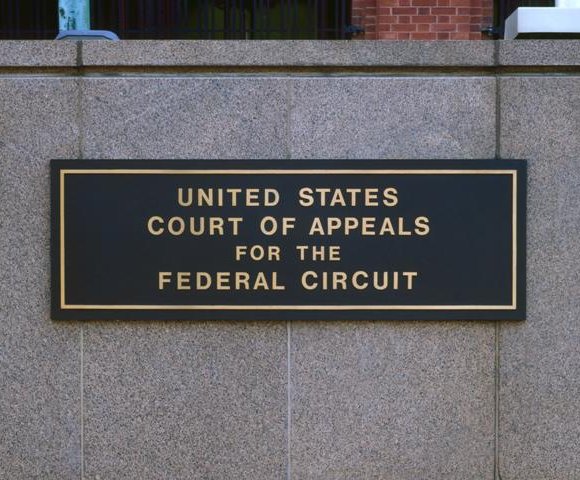
 Marion Superior Court to deny injunctive relief to
Marion Superior Court to deny injunctive relief to 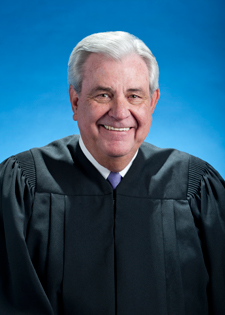 geographic area restricted.
geographic area restricted.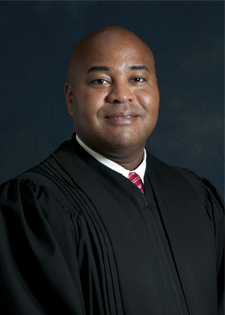 erroneous.
erroneous. 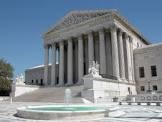 States Supreme Court
States Supreme Court claims court (“trial court”) judgment in favor of Trilogy Health Services, LLC, d/b/a Springhurst Health Campus (“Springhurst”), on Springhurst’s claim against Hutchison and her now-deceased mother, Martha Farber (“Farber”), for payment of services provided to Farber while she was a resident at Springhurst. The Indiana Court of Appeals reversed.
claims court (“trial court”) judgment in favor of Trilogy Health Services, LLC, d/b/a Springhurst Health Campus (“Springhurst”), on Springhurst’s claim against Hutchison and her now-deceased mother, Martha Farber (“Farber”), for payment of services provided to Farber while she was a resident at Springhurst. The Indiana Court of Appeals reversed. Indianapolis-based
Indianapolis-based 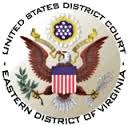 v. Focarino that the
v. Focarino that the  trade secrets contained in documents submitted to the court were protected against public disclosure by both the Access to Public Records Act (
trade secrets contained in documents submitted to the court were protected against public disclosure by both the Access to Public Records Act (